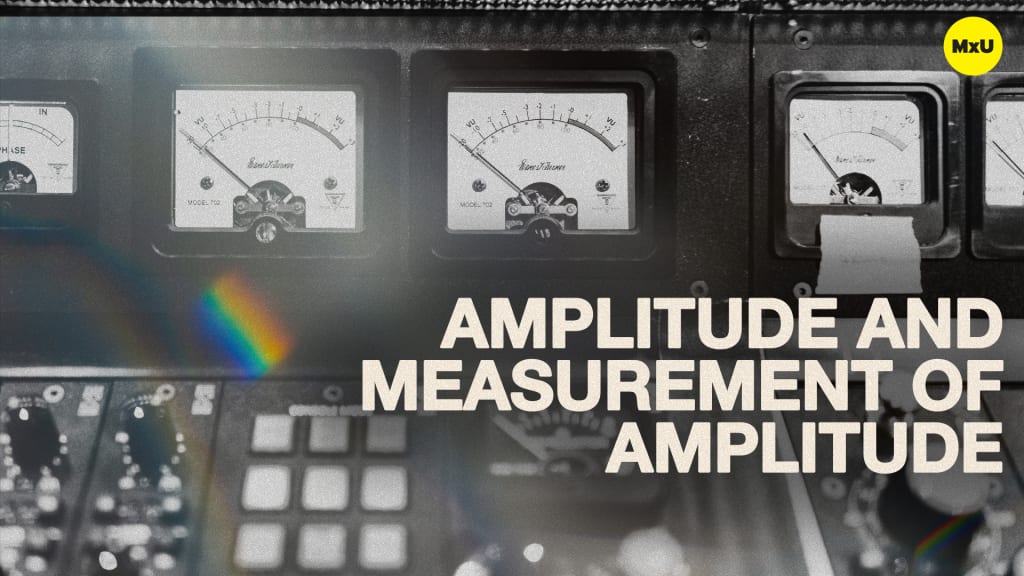How Sound Travels
Key Points:
- Wave Propagation describes how sound waves travel through a medium. When we speak of “how” sound waves travel, we are mainly referring to the speed and directionality of the sound wave.
- A medium is anything that allows the vibration to travel through it (wood, air, water, etc.)
- The medium that sound travels through impacts its speed. For example, speed travels through water 4x faster than it does through air.
- When talking about audio, the medium is typically air. (**Worth memorizing: the speed at which sound travels through air is 1130 ft/second.*)
- The medium affects the speed of a sound wave, but the frequency of a sound wave affects its directionality. Certain frequencies are more directional than others.
- Lower frequencies tend to be omni-directional: traveling equally in all directions.
- Higher frequencies tend to beam: traveling increasingly in one direction the higher the frequency.
Pro Tip: Elevation, temperature, and humidity all effect the speed of sound. This is important to consider whether you are recording in the studio or mixing for a live concert or Sunday service. Are you wanting to keep the speed of your sound waves consistent? Think twice before adjusting the thermostat in your studio mid-session or venue mid-service!
This video is part of a series we filmed back-to-back. Check out the previous video or watch the entire series in the Intro to Audio Fundamentals playlist.
Courses
Categories
Nothing added









